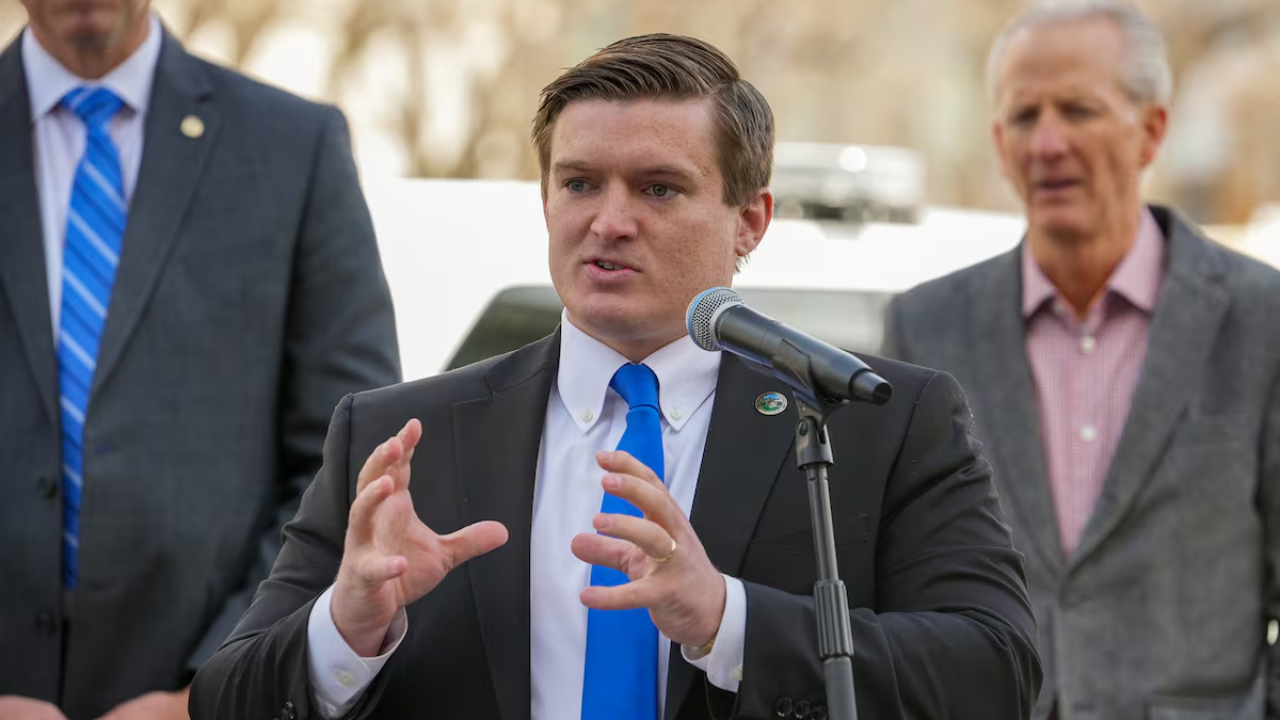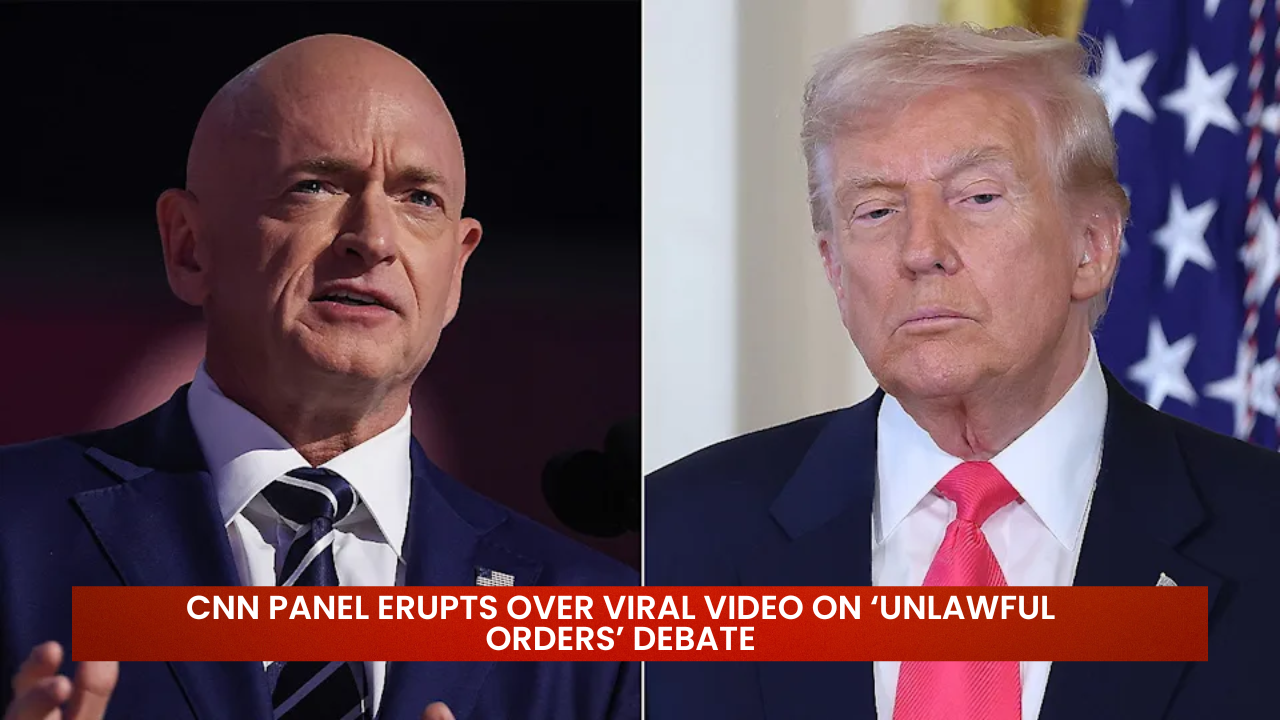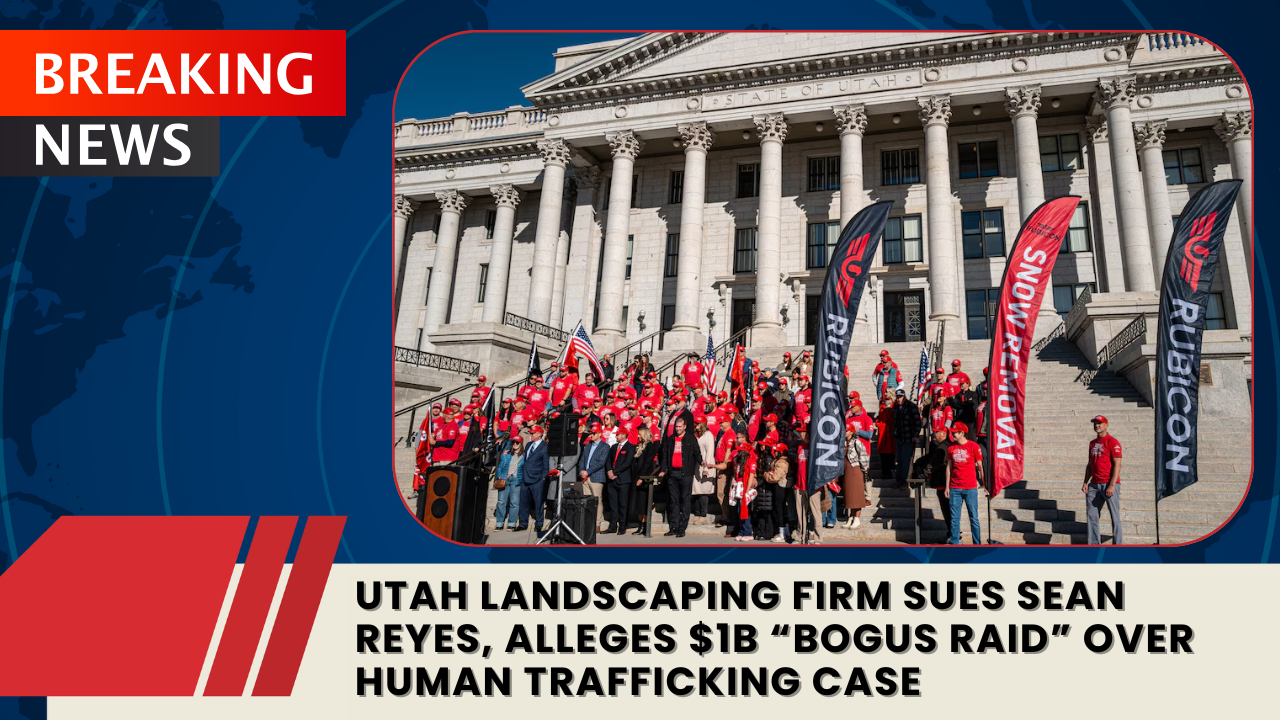Utah Governor Spencer Cox has appointed Rep. Tyler Clancy, a young Republican lawmaker from Provo, to oversee the state’s response to homelessness. Clancy will replace outgoing State Homeless Coordinator Wayne Niederhauser in March 2026, taking charge of Utah’s most ambitious housing and homelessness initiative to date — the development of a new 1,300-bed homeless services campus in Salt Lake City.
A Rising Political Leader Takes the Helm
Clancy, first elected to the Utah House of Representatives in 2022 at age 25, has built a reputation as one of the Legislature’s most active voices on public safety and homelessness policy. He also serves as a detective with the Provo Police Department, where he works on the Special Victims Unit and the Internet Crimes Against Children Task Force.
Gov. Cox praised Clancy’s mix of law enforcement and legislative experience in his announcement Thursday.
“Rep. Clancy knows the work on the ground and at the policy table, and that mix will sharpen coordination and results,” Cox said in a statement. “Building on the foundation Wayne Niederhauser laid, we will strengthen Utah’s response and help more Utahns find stability.”
Niederhauser will officially step down from the role on December 5, 2025, and Assistant State Homeless Coordinator Nick Coleman will serve as interim director until Clancy’s appointment takes effect on March 9, 2026.
Clancy’s Vision for Utah’s Homeless Strategy
Clancy thanked the governor on X (formerly Twitter), writing:
“Thank you, Governor Cox, for trusting me enough to take on this incredibly complex and human issue. When I start in this role in March 2026, I promise every citizen of Utah that I will give it everything I have.”
As both a policymaker and a police officer, Clancy has pushed for what he calls a “treatment-first” approach — moving people out of homeless encampments and into shelters, with a strict no-tolerance stance on drug possession.
This method, outlined in several bills he sponsored earlier this year, aligns closely with a federal policy shift under former President Donald Trump. Trump signed an executive order in July prioritizing federal homelessness funding for states that restrict public camping and emphasize sobriety and recovery programs over housing-first strategies.
“Utah was already moving in this direction,” Clancy said in an earlier interview. “The federal order will only help us secure more resources to continue what we’ve started.”
Balancing Compassion with Accountability
Gov. Cox has repeatedly defended Utah’s approach, saying it combines accountability with compassion.
“Real compassion means helping people get the treatment and care they need — not just offering housing without support,” Cox said in a July post on X. “Utah has been leading this shift, and it’s encouraging to see others follow.”
The Challenges Ahead
Clancy steps into the role amid rising homelessness statewide. The Utah Office of Homeless Services reported in August that 4,500 Utahns were experiencing homelessness in 2025 — an 18% increase from the previous year. The same report found a 36% rise in chronic homelessness, alongside significant growth in the number of unsheltered children, older adults, and veterans.
Nearly two-thirds of respondents reported mental illness or substance abuse disorders, underscoring the need for comprehensive treatment and long-term support.
“Utah does best when we work together with clear goals and real accountability,” Clancy said following his appointment. “My focus is on coordination that helps people move forward with dignity.”
Clancy will take over as Utah’s second State Homeless Coordinator since the position was established in 2021. His leadership will shape the state’s evolving homelessness policy — one that seeks to bridge public safety, healthcare, and housing solutions under a unified vision.



